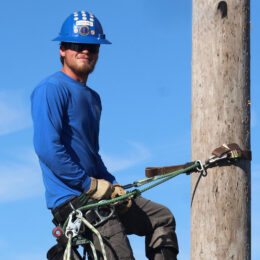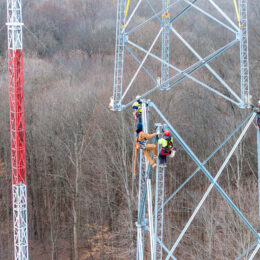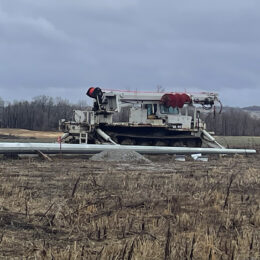
CEO
When cold weather hits in our part of the country, it’s essential to be prepared to face winter’s onslaught. Whether we’re expecting snowfall to put home heating systems to the test or potentially life-threatening power outages in Indiana, the risks winter brings require our attention. And they can get expensive in a hurry.
As you prepare your home for the cold, there are steps you can take that go a long way toward saving on energy costs. Here are some important points to consider as you’re making sure your household is ready for winter:
SPEND A LITTLE TIME ON MAINTENANCE
First on the list is furnace and heating system maintenance, especially for older systems. Following your manufacturer’s guidelines and replacing furnace filters regularly will ensure safety and increase energy efficiency. Make sure checking your ductwork for leaks is on the to-do list. A disconnected or torn portion of the ductwork can mean warm air is pouring out into a crawl space or basement instead of reaching its intended destination. And, speaking of intended destinations, a good dusting of your vents and thermostat can ensure heated air goes where it’s supposed to.
SEALING AND CIRCULATING
Now, let’s talk about maximizing the arrival of this air in the rooms you’re trying to heat. You can use window coverings like blinds, shades, and curtains to your advantage. Plan to open these coverings during sunlight hours to let the outside warmth in and close them at night to stop heat from seeping through the glass. You might even consider putting plastic sheeting over windows to help contain heat during cold snaps.
Also, consider the circulation in your rooms. Setting ceiling fans to rotate clockwise will displace the warm air and push it down, warming the room better. Also, remember that those exhaust fans in your bathroom and kitchen release to the air outside, so heated air can quickly exit your home when you leave them running.
CLOSING OFF OTHER AVENUES OF ESCAPE
Perforated or torn insulation is also a significant energy-wasting culprit as your heating system struggles to keep up with the cold air these gaps let in. You should check the attic, floors, exterior walls, and crawl spaces or basements. Before replacing insulation, confirm that the material you plan to use carries the proper rating for your region from the U.S. Department of Energy. Faulty caulking, seals, and weather stripping around windows and doors are other places where heat can easily escape, so make sure those materials are holding strong at the beginning of each season.
And here’s an easy one for homeowners with fireplaces — just close the damper when you’re not using the fireplace. If warm air escapes the chimney, your heating system must work harder to replace it. So, do you notice some areas where you can improve your home’s heating efficiency? The ideal time to take care of these things is before the cold hits, but even if you’re not ready to embark on some of the larger projects listed here in the dead of winter, you can always take on smaller tasks to make your home more heating efficient.



